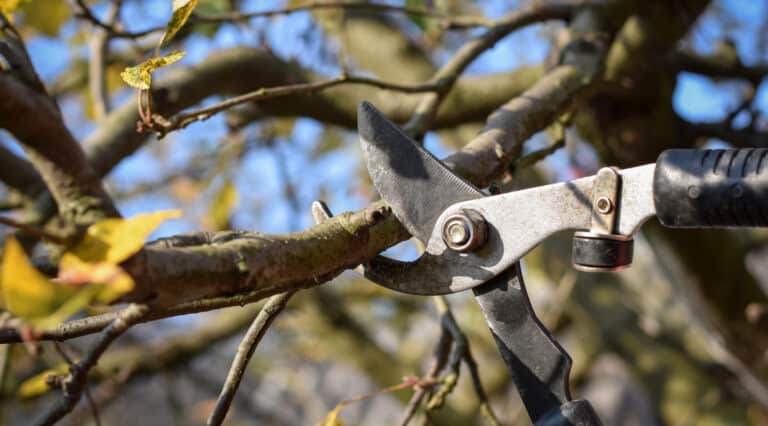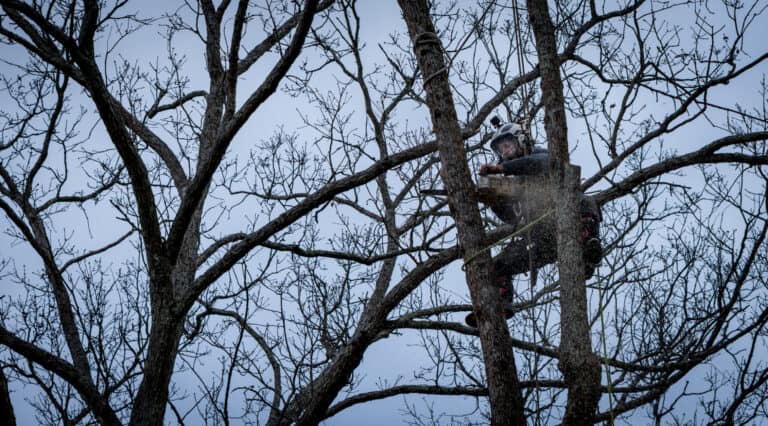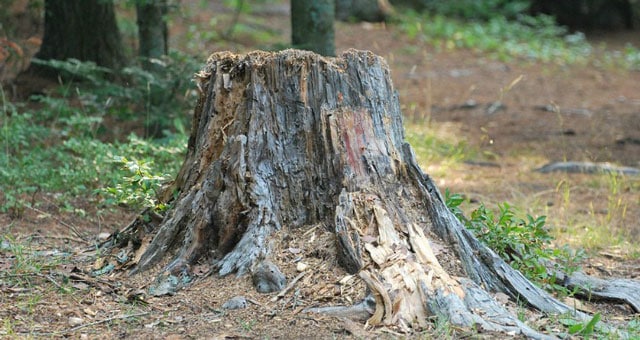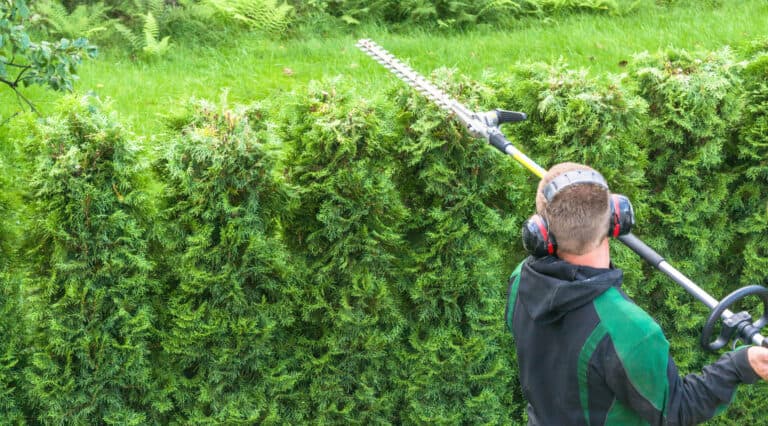Find My Local Expert Timing is Key: When to Prune...
Read More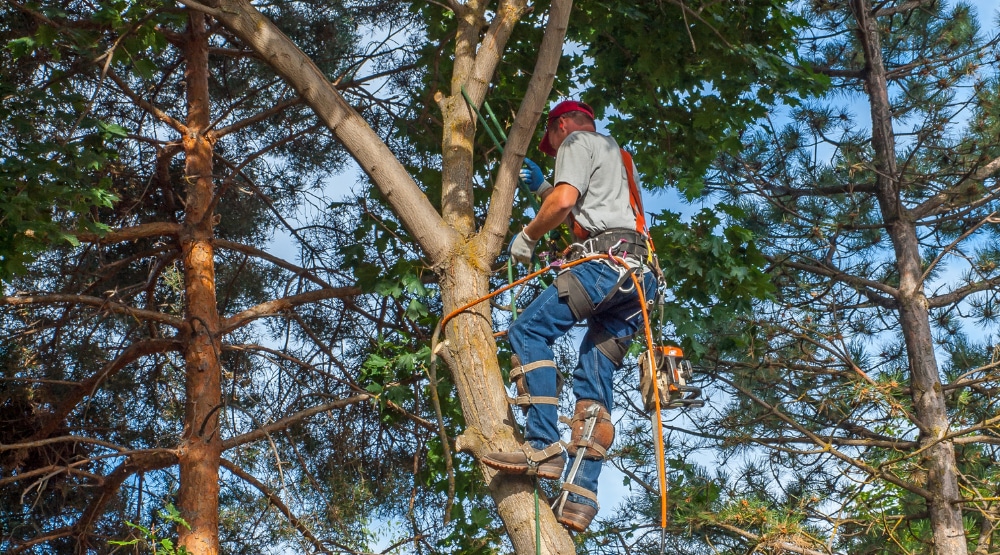
What Is Tree Trimming and Why Is It Important? Benefits and Techniques Explained
Tree trimming is an essential practice for maintaining healthy and thriving trees. This process involves the removal of broken, diseased, or overgrown branches in order to improve the overall health and aesthetics of the tree. Whether you have mature trees in your garden or are responsible for tree maintenance in public spaces, tree trimming plays a crucial role in ensuring their longevity.
One of the primary purposes of tree trimming is to remove broken branches. These can pose a danger to people and property, especially during severe weather conditions. By identifying and removing these branches, we can protect against potential accidents and property damage.
Additionally, trimming diseased branches is vital for the overall health of a tree. Diseases can spread rapidly and affect the entire tree if left unattended. By removing affected branches, we can not only prevent the spread of disease but also promote the tree’s recovery and future health.
Overgrown branches can cause various issues, including shading and crowding. Trimming these branches can help improve air circulation and sunlight penetration, which are essential for the tree’s overall growth. It also enhances the tree’s appearance, creating a well-maintained and balanced crown.
While tree trimming might seem like a task anyone can handle, it is best left to professional arborists or tree trimmers. They have the necessary knowledge and experience to identify which branches to remove and how to do so without causing harm to the tree. So, if you have trees that require trimming, make sure to seek the assistance of experts in the field to ensure the best results for your trees’ health and longevity.
Tree Trimming
Tree trimming is an important practice that helps maintain the health and vitality of trees. It involves the careful removal of broken, diseased, and overgrown branches to improve the overall well-being of the tree.
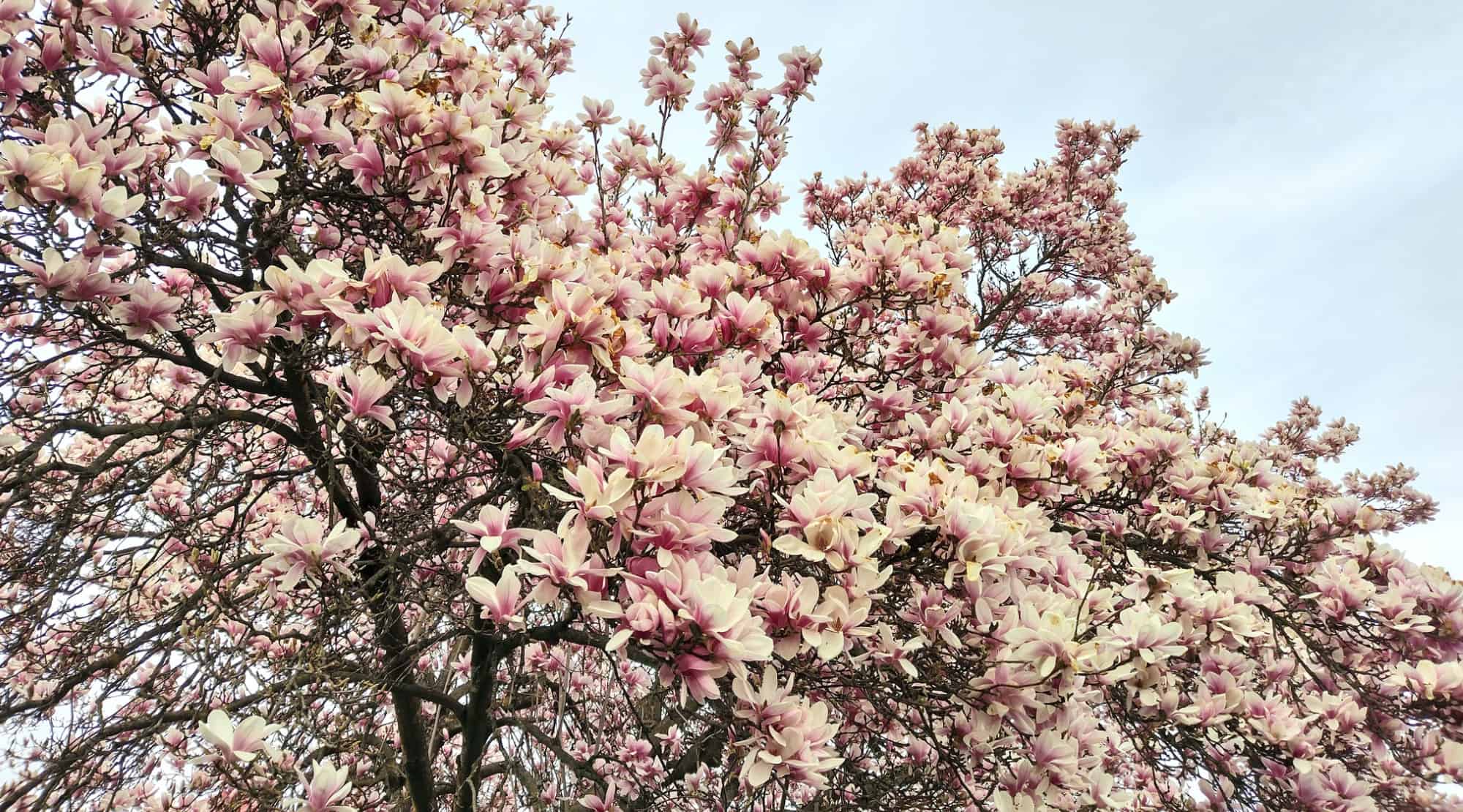
Broken branches can be hazardous, especially during severe weather conditions. By identifying and removing these branches, we can prevent any potential accidents and damage to people and property.
Trimming diseased branches is crucial for the tree’s overall health. Diseases can quickly spread and affect the entire tree if not addressed. Removing affected branches not only stops the spread of disease but also allows the tree to recover and ensures its future well-being.
Overgrown branches can cause issues such as shading and crowding. By trimming these branches, we can improve air circulation and sunlight penetration, which are essential for the tree’s growth. It also enhances the tree’s appearance, giving it a well-maintained and balanced crown.
Regular tree trimming promotes healthy trees and helps create a safe and aesthetically pleasing environment. So, whether you have mature trees in your garden or are responsible for maintaining trees in public spaces, tree trimming is a vital aspect of their care.
Advantages of tree trimming.
Tree trimming offers numerous benefits, improving the health and appearance of trees, preventing the spread of diseases, protecting properties, and enhancing the overall aesthetics of our surroundings.
Regular tree trimming promotes the health of our beloved green companions. By removing broken and diseased branches, we minimize the risk of accidents and potential damage to people and property. It also allows the tree to focus its resources on healthy growth, ensuring a longer and healthier life.
Moreover, trimming overgrown branches helps control the size and shape of the tree, preventing shading and crowding. It enhances air circulation and sunlight penetration, vital for the tree’s growth and overall well-being. It promotes a well-maintained and balanced crown, making the tree even more visually appealing.

Tree trimming plays a vital role in preventing the spread of diseases. By identifying and removing infected branches, we halt the progression of diseases that could harm the entire tree. This helps the tree recover faster and ensures its future health and vitality.
Lastly, tree trimming protects our properties. During severe weather conditions, broken branches can pose a threat to our homes, vehicles, and even ourselves. By removing them, we minimize the potential for damage and accidents.
5 Tree trimming tips
Here are five essential tips to keep in mind when it comes to tree trimming:
1. Consider the size of the branches: Before trimming, it’s important to assess the size of the branches you want to remove. Trimming larger branches should only be done by a professional arborist to ensure safety and proper technique.
2. Trim to the correct size: When trimming branches, it’s crucial to make the correct cuts to promote the tree’s health. Avoid cutting too close to the trunk, as this could damage the tree. Instead, prune just outside the branch collar, which is the raised area around the base of the branch.
3. Watch out for V-shaped angles: V-shaped angles where branches attach to the trunk are indicators of weak branch structure. These branches are prone to breaking and should be trimmed to prevent potential accidents and damage.
4. Don’t forget about dormant trees: Dormant trees, which are trees in their dormant season, are ideal for trimming. Trimming during this period promotes new growth and gives the tree a healthy start when the growing season begins.
5. Make the right cuts: There are three types of cuts to consider when trimming a tree: the thinning cut, which removes a whole branch back to its point of origin; the heading cut, which trims branches to a lateral branch or bud; and the reduction cut, which reduces the size of a branch without removing it entirely.
By following these tree trimming tips, you can ensure the health and longevity of your beloved trees while keeping your property safe and beautiful.
Whats the difference between Trimming and Pruning?
When it comes to caring for our trees, two common terms that often come up are tree trimming and tree pruning. While these terms are sometimes used interchangeably, there are actually key differences between the two methods.
Tree trimming is focused on maintaining the shape and appearance of the tree. It involves the removal of overgrown branches to improve the tree’s overall aesthetic appeal. By trimming away these excess branches, we can enhance the tree’s natural form and promote better airflow and light penetration throughout the canopy. Not only does this improve the tree’s visual appeal, but it also helps to prevent potential damage from falling branches during storms.
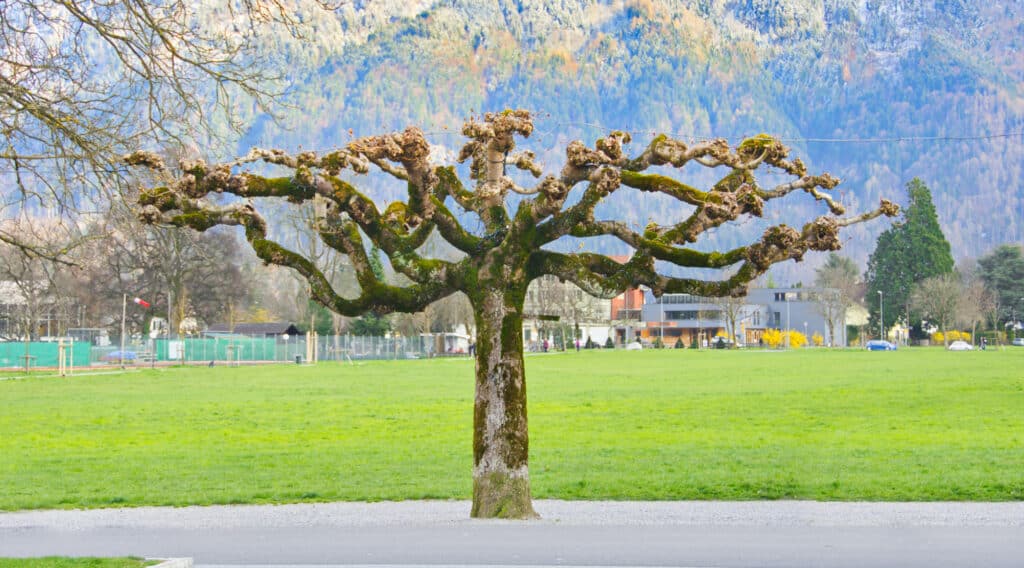
On the other hand, tree pruning is all about promoting the future health and growth of the tree. It involves the selective removal of diseased, dead, or damaged branches. By getting rid of these problem areas, we prevent the spread of diseases and pests, which can negatively impact the overall health of the tree. Additionally, pruning allows us to shape the tree in a way that encourages new growth and balance.
The objectives of tree trimming and pruning may differ, but both methods offer various benefits. Tree trimming enhances the beauty of our landscape and reduces the risk of falling branches. Tree pruning, on the other hand, promotes the future health of the tree, prevents disease spread, and encourages new growth. By understanding and implementing the right method at the right time, we can ensure that our trees stay healthy, safe, and beautiful for years to come.
How often should I trim my tree?
When it comes to tree trimming, the frequency varies based on appearance and personal preference. Typically, trees are trimmed once or twice a year to maintain their shape and overall aesthetic appeal. Some people prefer more frequent trimming to keep their trees looking neat and tidy, while others may opt for less frequent trimming to preserve a more natural, rugged look.
On the other hand, tree pruning is done strategically at specific times of the year, depending on the plant species. For spring-flowering trees, it’s best to prune them immediately after they finish blooming. This allows them to set new buds for the following year without sacrificing the beautiful blossoms.
Prune summer-flowering and fruit trees in late winter or early spring while they are dormant. This allows them enough time to recover and grow before their growing season. This timing ensures that the trees have ample time to recover and produce new growth before they enter their growing season.
By following these specific timing guidelines, you can give your trees the care they need to thrive and flourish. So, whether you’re trimming for appearance or strategically pruning for future health, remember to take into account the specific timing for different types of trees. Happy trimming and pruning!
Hire a Professional Tree Surgeon

When it comes to the care and maintenance of your trees, it’s essential to hire professional tree surgeons. Sure, you might think that you can handle tree trimming and pruning on your own, but trust us, it’s not as simple as it seems.
Licensed tree surgeons have the expertise and knowledge necessary to accurately assess the needs of your trees and provide appropriate solutions. They have spent years studying different species of trees and understanding their unique requirements. This means they know exactly when and how to trim or prune a tree to ensure its future health and vitality.
One of the main benefits of hiring professional tree surgeons is their ability to effectively trim and prune your trees. They have the proper tools and techniques to remove broken or diseased branches, allowing the tree to grow and flourish. They can also spot signs of tree diseases or infestations and take the necessary measures to prevent further damage.
Another advantage of hiring professional tree surgeons is their ability to diagnose issues that may be affecting your trees. They can identify poor drainage or soil conditions that might be impacting the health of your trees. By addressing these issues, they can ensure that your trees continue to thrive and live a long, healthy life.
So, if you want to ensure the proper care and maintenance of your trees, don’t hesitate to hire professional tree surgeons. They have the expertise, knowledge, and skills to give your trees the attention they deserve. Trust us, your trees will thank you for it!
You May Also Like...
The Art of Tree Crown Thinning: Aesthetic and Health Benefits
Find My Local Expert The Art of Tree Crown Thinning:...
Read MoreTerminating Termites by Stump Grinding
Find My Local Expert Terminating Termites by Stump Grinding Termites...
Read MorePrune Your Privet: Tips for Picture-Perfect Hedges
Find My Local Expert Prune Your Privet: Tips for Picture-Perfect...
Read More7 Signs Your Tree Needs To Be Cut Down
Find My Local Expert 7 Signs your tree needs to...
Read MoreReady to have your tree trimmed?
My Trusted Expert Guarantee
Experts Have Been Vetted & Approved
